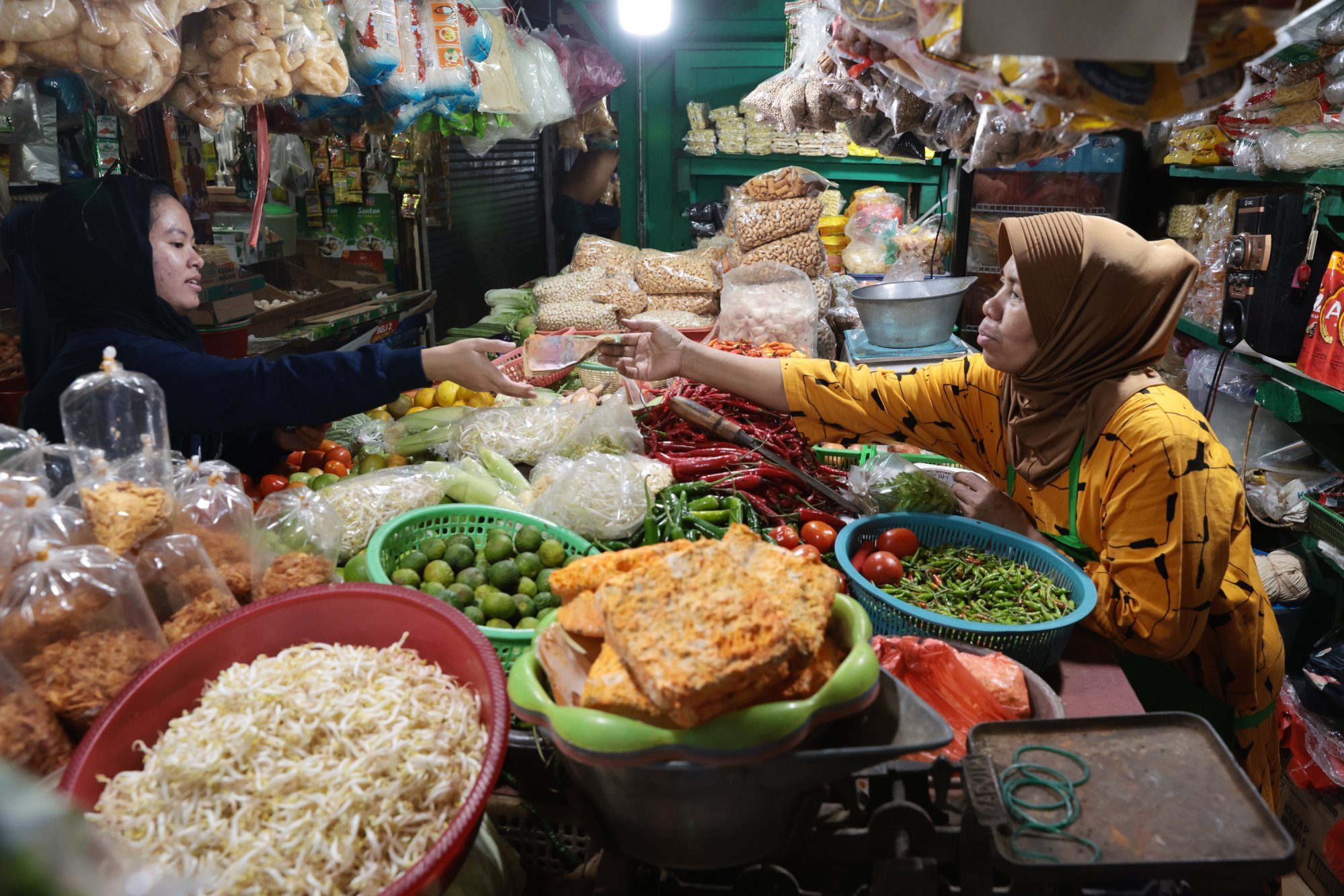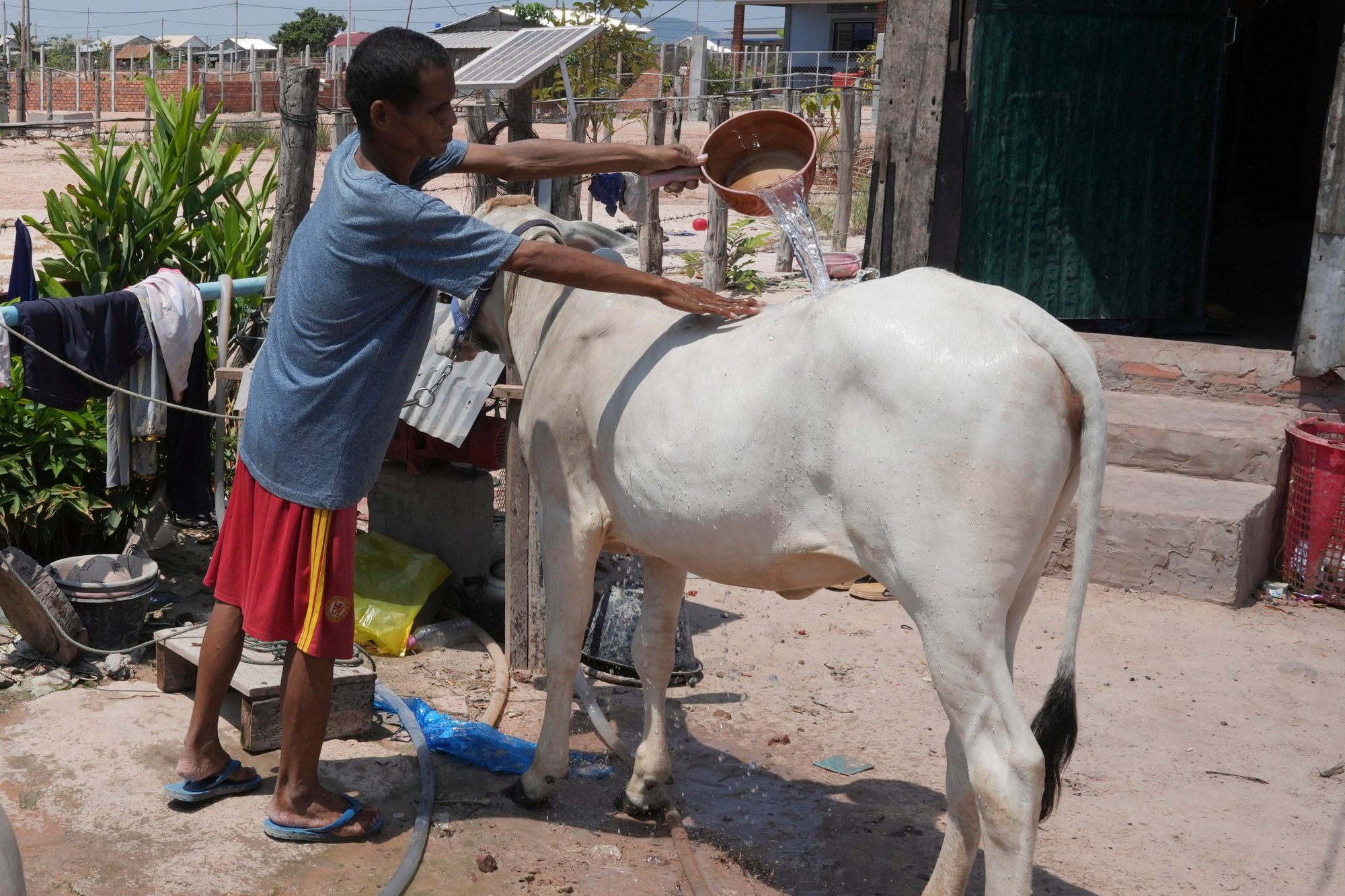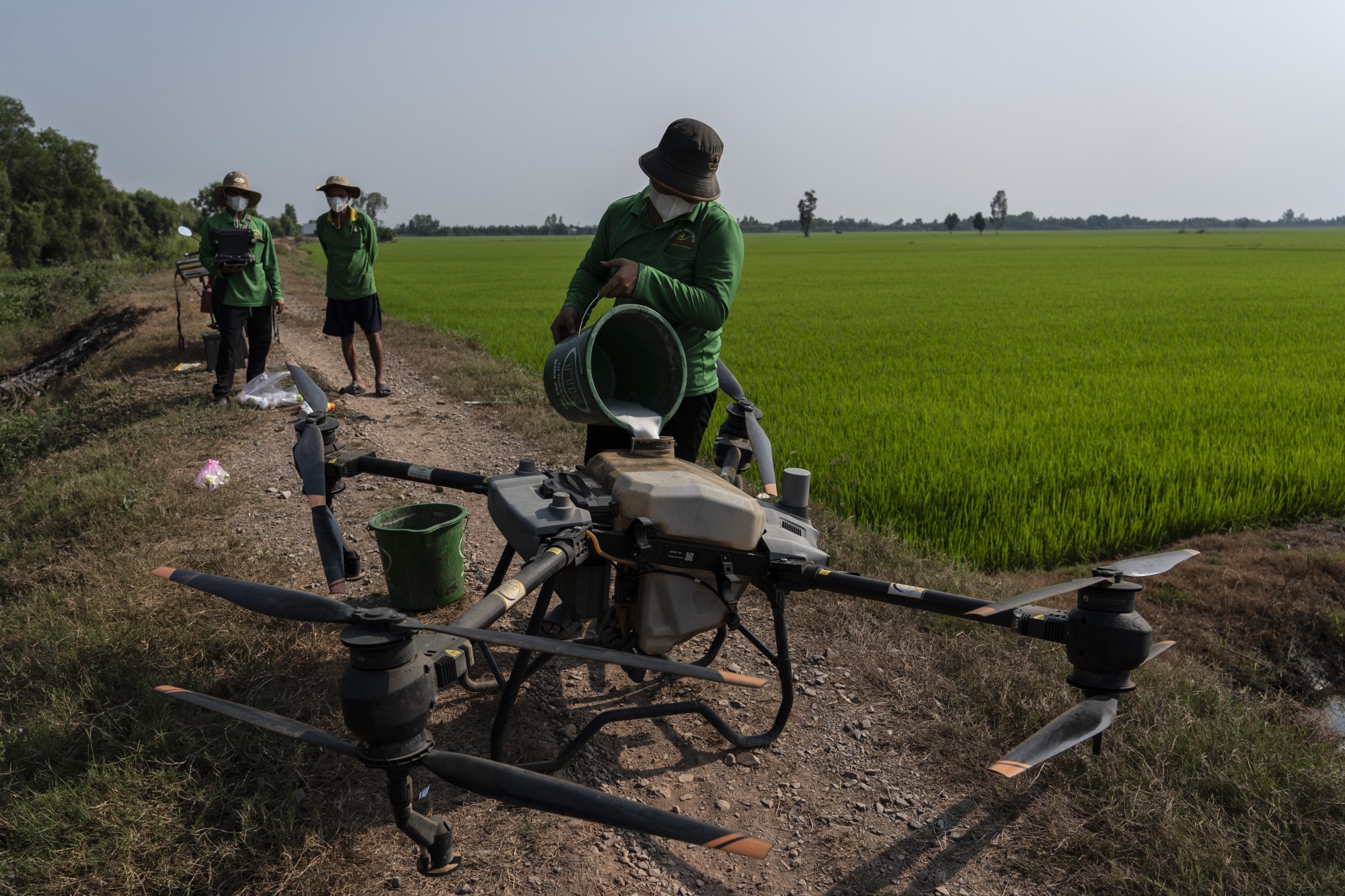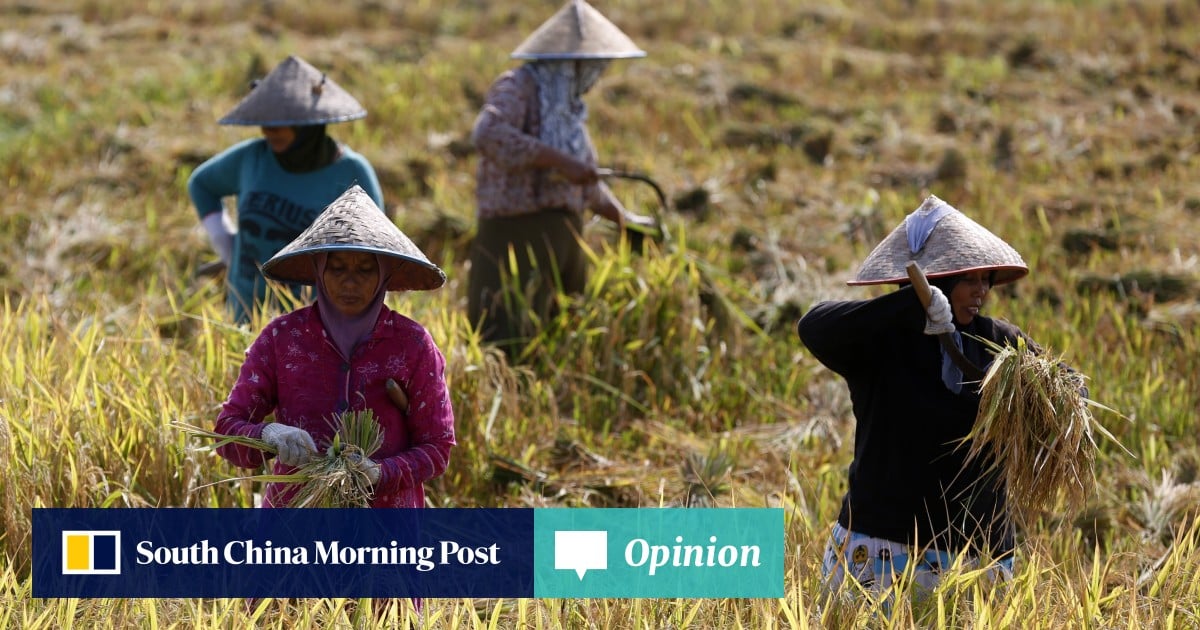In Minbu, central Myanmar, a historic peak of 44 degrees was seen, marking the first instance in Southeast Asia’s recorded history that temperatures reached that high so early in the month. Hat Yai, in southern Thailand, recorded a temperature of 40.2 degrees, setting a record. Similarly, Yên Châu, in northwestern Vietnam, experienced a temperature of 40.6 degrees, unparalleled for this time of the year.
Southeast Asia is an important rice-producing region, accounting for 26 per cent of global rice production and 40 per cent of global exports. It serves as a primary rice supplier to various regions, including Africa and the Middle East.

In Vietnam, earlier this year, water levels reached such low levels that farmers were struggling to transport crops. To address the requirements for agricultural production, farmers have been forced to pump water into their fields from elsewhere. Consequently, a significant disparity has arisen between the road surface at the riverbank and the water level beneath, causing subsidence and landslides.
In Thailand, declining crop yields resulting from elevated temperatures and the El Niño phenomenon are anticipated to lead to an 8 per cent increase in farmer debt this year. Similarly, in Malaysia, extreme heat and El Niño conditions have forced farmers to defer the planting season due to diminished water resources. Typically, farmers in Southeast Asia undertake two planting seasons each year, yet the current circumstances have meant a reduction to just one for some.
Southeast Asian communities must take urgent action to adapt and safeguard their livelihoods. Proactive adaptation strategies can be implemented with the help of drought-resistant varieties of rice, diversified crops, efficient irrigation practices and early warning systems.
Researchers in Southeast Asia have developed rice varieties resilient to water scarcity. The International Rice Research Institute, headquartered in the Philippines, has introduced numerous drought-tolerant rice strains, including the Sahbhagi Dhan variety in India, the Sahod Ulan variety in the Philippines and the Sookha Dhan variety in Nepal.

Additionally, researchers in Indonesia have identified 11 drought-tolerant rice strains. These exhibit the capacity to survive with low water availability compared to conventional rice, thereby aiding farmers in mitigating the risk of crop failure caused by drought.
While rice remains a crucial staple crop, there is an urgent need for farmers in Southeast Asia to broaden their agricultural commodities beyond conventional rice cultivation. Introducing alternative crops such as millet, cassava and sorghum can significantly enhance the resilience and sustainability of the agricultural sector.
Diversification also yields environmental benefits by alleviating the strain that monocultures exert on soil health while also affording farmers diversified income sources.

One effective irrigation strategy is alternate wetting and drying, a water management technique where rice fields undergo partial drainage, aimed at maintaining soil moisture without constant flooding.
In Vietnam, a pilot initiative of the strategy, facilitated by collaboration between university researchers and farmers, uses a smartphone app to enable farmers to conserve water by utilising sensor networks and water pumps, directly linking them to their fields. Consequently, this approach helps reduce the quantity of water required for rice cultivation.
Conventional weather forecasts frequently lack the level of detail required for informed agricultural decision-making. Early warning systems alleviate this limitation by giving out heatwave forecasts customised to distinct regions and microclimates, enabling farmers to gauge the severity and duration of impending heatwaves.
Southeast Asia must go all out to fight rising sea levels, even relocate its people
Southeast Asia must go all out to fight rising sea levels, even relocate its people
Equally important is the dissemination of these forecasts to farmers. Southeast Asia can adopt a model akin to India’s approach, wherein the National Disaster Management Authority plans to augment the early warning system by extending communication channels beyond text messages to include television, radio and other media platforms.
Embracing such proactive adaptation strategies not only enhances resilience to heatwaves but also contributes to the sustainability and prosperity of agricultural livelihoods in the region. Collaborative efforts between researchers, policymakers and farmers offers hope that Southeast Asia can navigate the challenges posed by heatwaves and ensure food security for its growing population.
Mohammad Yunus is currently pursuing a master’s degree in biological sciences at Khon Kaen University, Thailand

